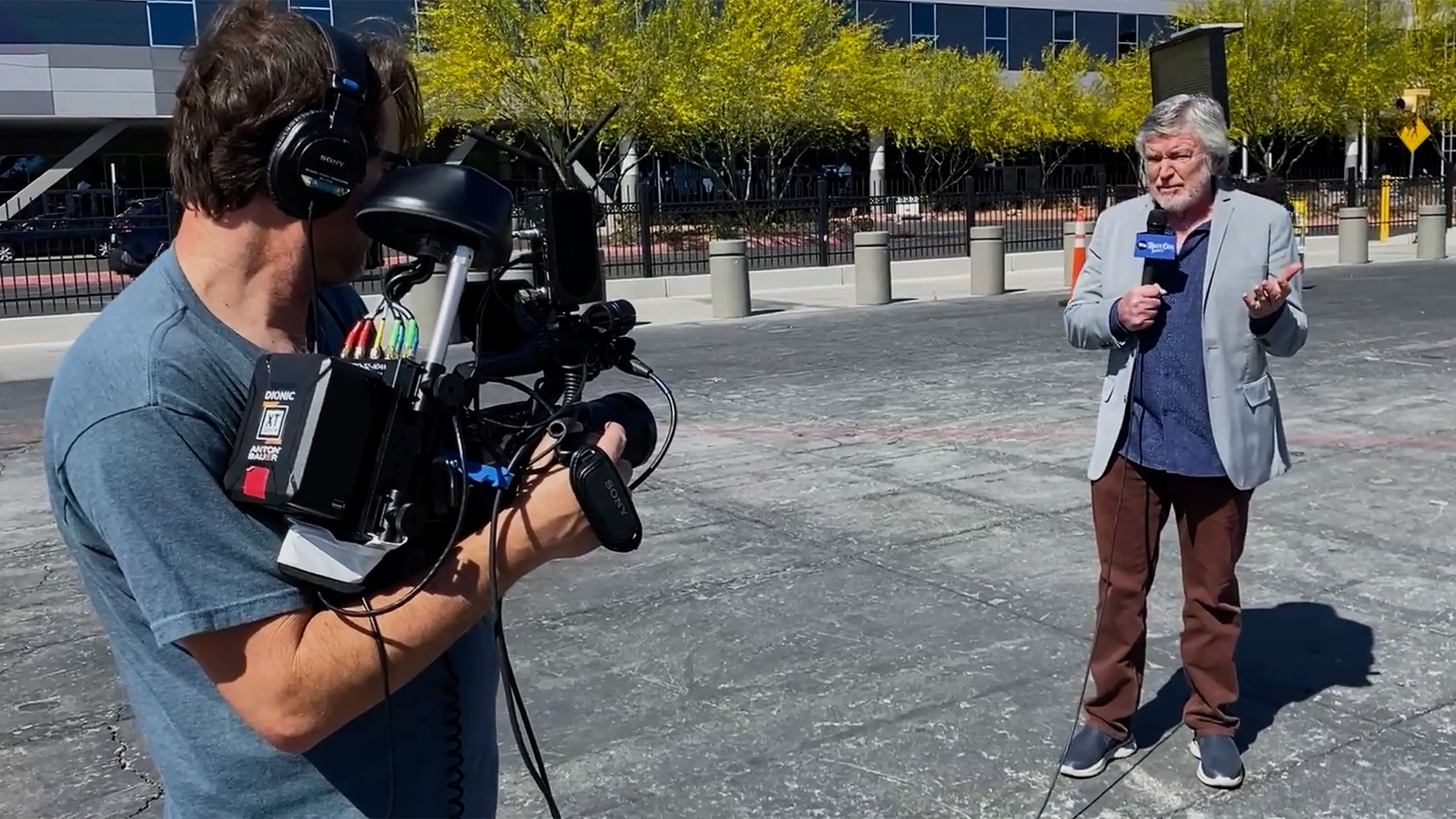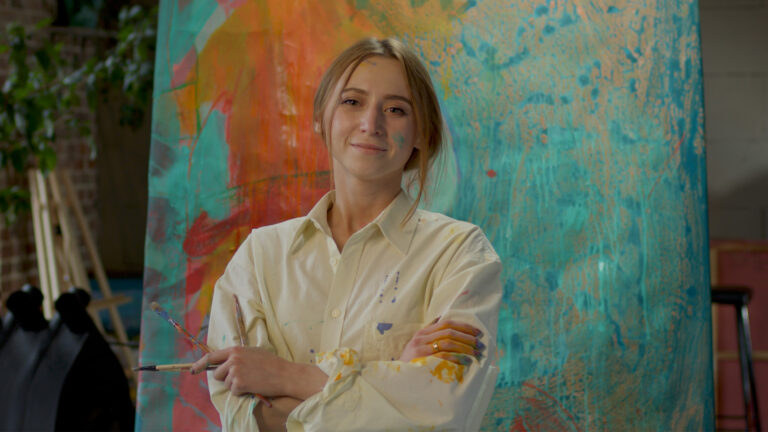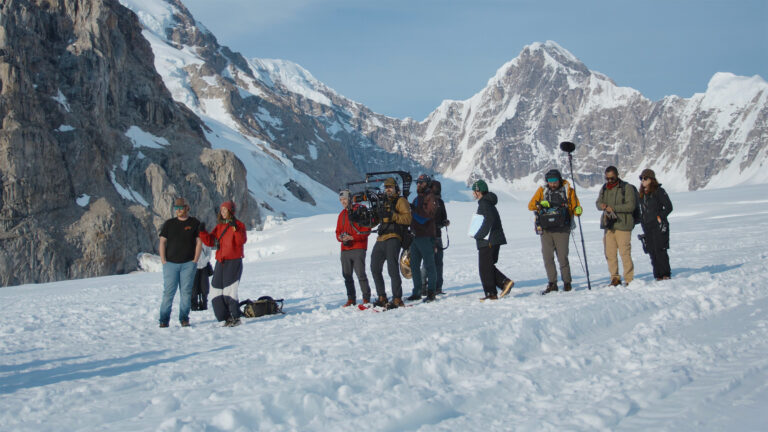Editor’s note: We’d like to thank guest contributor James Mathers, cinematographer and founder of the Digital Cinema Society, for offering to share his team’s experience of using Frame.io Camera to Cloud at NAB 2022. Also, if you stop by Booth #329 at Cine Gear LA from today through Saturday, you can see a very similar workflow using C2C and the Premiere Pro integration.
NAB 2022 marked a return for the industry after trade shows around the globe were shuttered for two years. It was great for the Digital Cinema Society to return to our cherished tradition of covering what’s new in technology for those who can’t be at the show in person.
But this time, it also created an opportunity to break new technological ground by trying out the Frame.io Camera to Cloud (C2C) workflow to produce our streaming booth-tour interviews at NAB 2022. As you’ll see in the video below, we didn’t know how well it was going to work in a real-world setting, but we needn’t have worried.
The birth of Camera to Cloud
Perhaps no one is more responsible for the rapid advancement of Camera to Cloud (C2C) than Michael Cioni. As a founder of Light Iron, a workflow-centric post production company with his brother, Peter, he pushed to bridge the gap between the set and post with their “Outpost” system in 2012. This brought on-set color and dailies from the lab to the set. Here he is, explaining how things were about to change forever 10 years ago.
I believe that this is part of what caught the eye of Panavision and led to their acquisition of Light Iron in 2015. Cioni became their Senior VP of Innovation, leading the development of their Millennium DXL camera system. Throughout this development, Michael was keenly aware of the benefits of integrating wireless technology and worked with industry partners such as Teradek.
Meanwhile, a company called Frame.io, founded by Michael’s friend Emery Wells, was innovating collaborative workflows for post-production, and subsequently brought Cioni onboard to help bring the pieces together to further develop Frame.io Camera to Cloud.
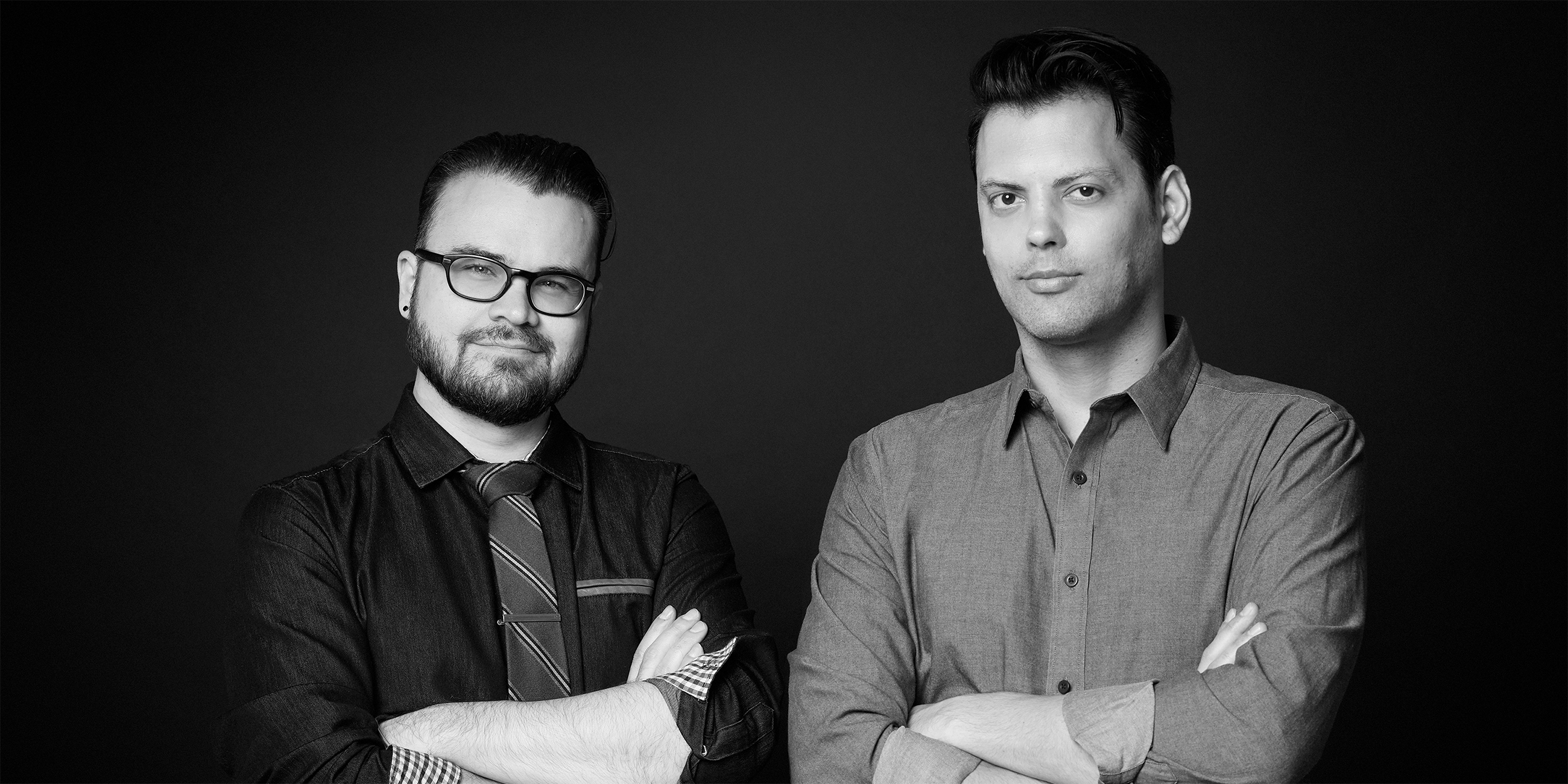
The first iteration was designed to capture the highest possible quality recording to the camera, while simultaneously recording and uploading a lower-bandwidth proxy to the web so the post production process could begin immediately.
High-end digital cinema cameras from Panavision, ARRI, and Sony were set up so that as soon as the camera cut, a Teradek Cube655 would automatically upload the footage to the cloud. This allowed key creatives and post services to instantly access and interact with the footage from anywhere in the world. The higher-bandwidth master files could be conformed at a later stage of post-production, saving crucial time in the creative process both in production and post.
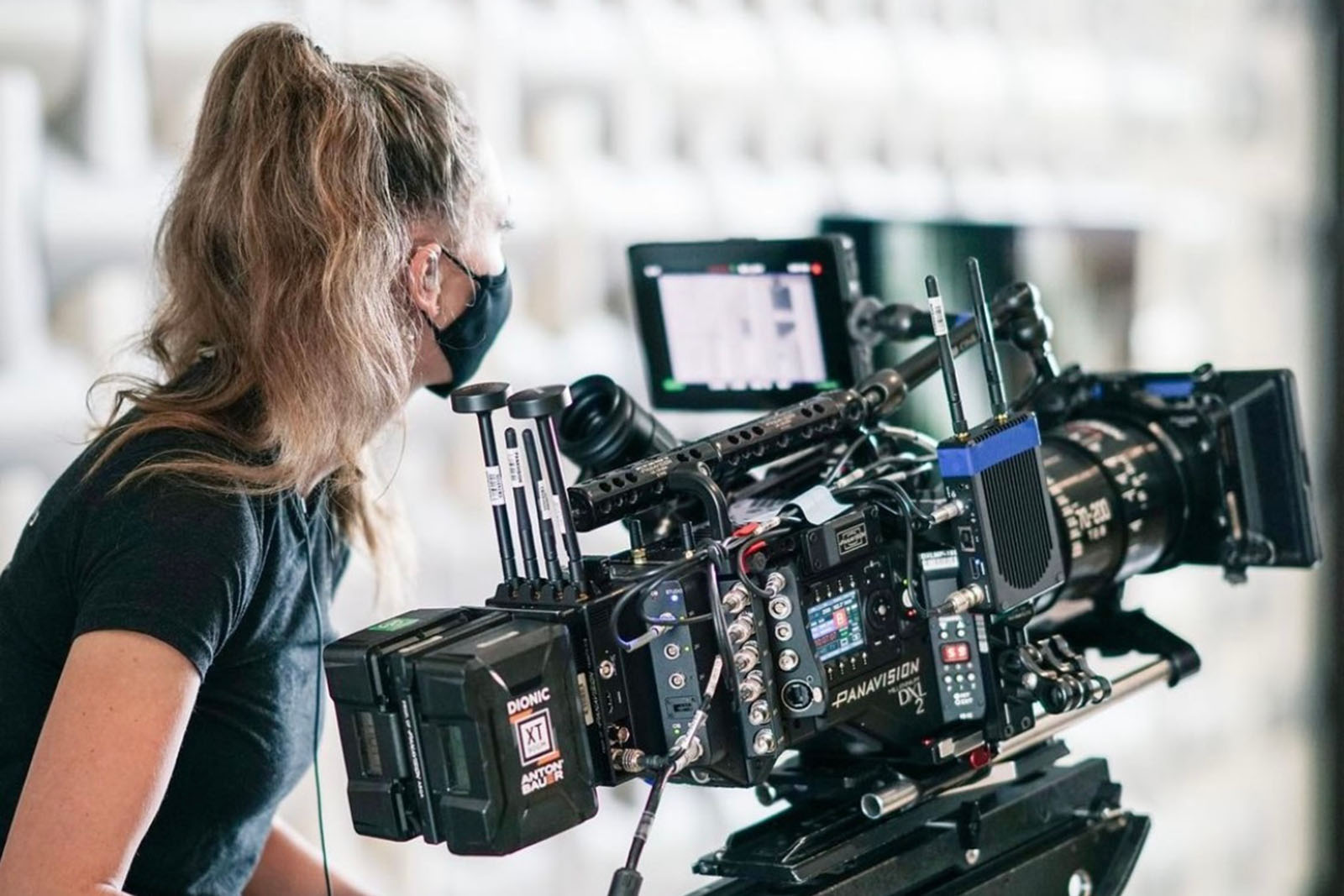
Several major motion pictures took advantage of these systems, and it was not long before the company was acquired by Adobe. This brought not only seamless integration with Adobe software such as Premiere Pro and After Effects, but with it the power of a respected international technology giant, which allowed Cioni to continue leading the charge for C2C. Frame.io— including C2C—is now included at no additional charge with every Adobe Creative Cloud subscription.
Practicing what we preach
When we first started covering trade shows in the very early 2000s, we were shooting standard definition, and would take the tapes home with us at the end of the week, digitize them, and a week or two later would have something to stream from our website. It played on what now seems like a postage stamp-sized media player, which was all that most internet connections could handle without massive buffering.
In a technology environment that was changing as quickly as ours, a couple of weeks to find out what’s new was just too long. Over the next few years, we upped our game and started shooting HD on mini-DV tapes, but we were still challenged to edit and process the tapes for streaming—even though we only had a handful of interviews in those early days of DCS.
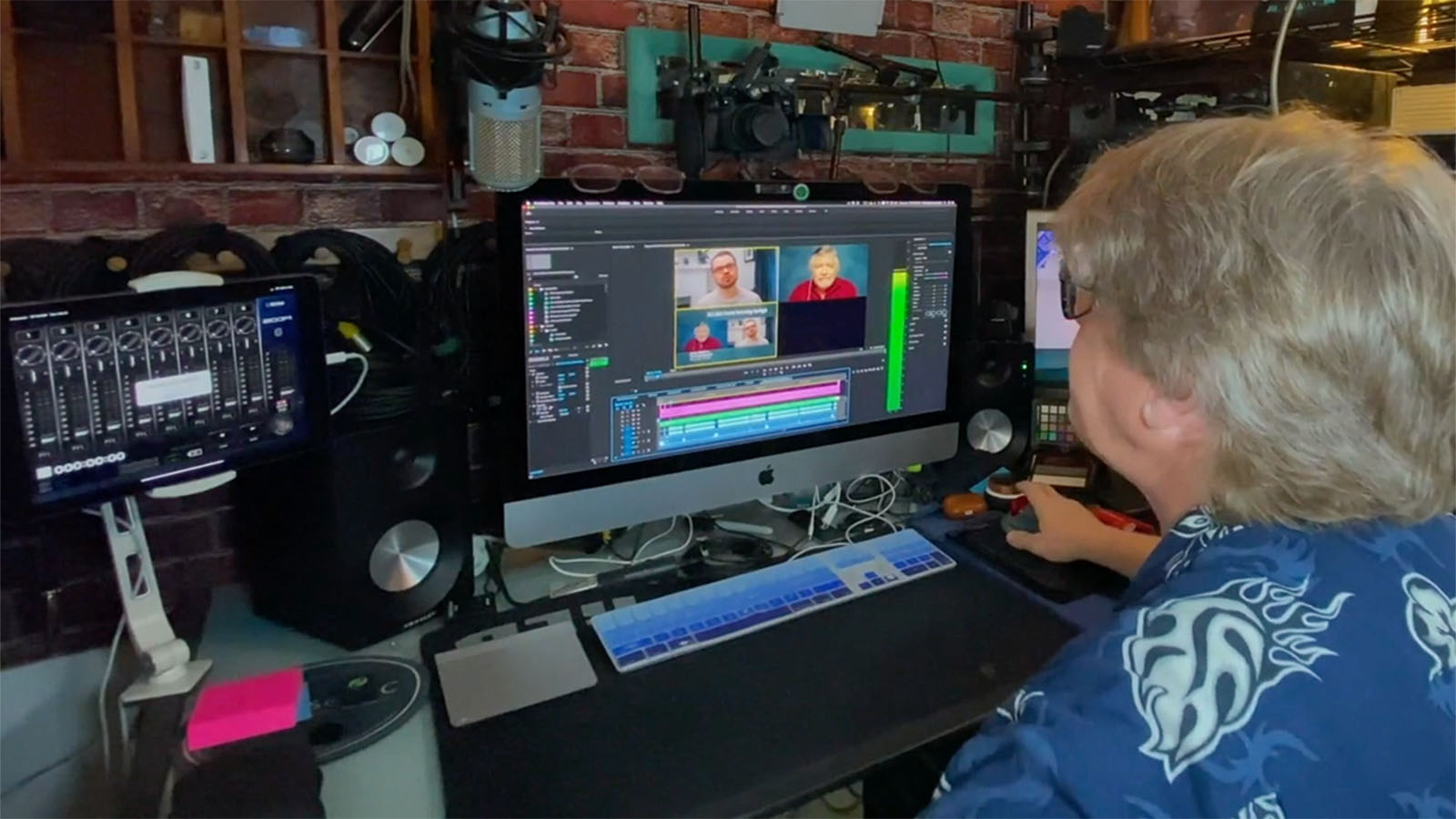
We eventually started to bring our editor, Christopher Knell, along on the trip to Vegas to cover NAB. He’d set up an editing suite in a hotel room across the street from the Convention Center and we’d ferry the tapes, and later the media cards, to him to be edited for streaming within about a day’s time. After a while, we cut that down to several hours from shooting the interview to streaming it on the web, and with the help of streaming services we were able to reach an international audience streaming at HD resolution. This was pretty much the status quo for several years: recording in HD and later 4K, but finishing in HD to stream, usually within 24 hours.
While past years of NAB attendance have hovered in the 100,000 range, 2022 saw around half that number traveled to Las Vegas. Enter technology from Frame.io, Adobe, Teradek, and Sony, which allowed us to deliver our 2022 coverage in record time so that those who could not attend NAB in person could still quickly find out what was new at the show.
As soon as our cinematographer, Cameron Cannon, cut the camera, it would start uploading to the Frame.io website and our editor back in Burbank would have access to the file in his Adobe Premiere timeline within minutes. Importantly, he could quickly QC the footage and confirm we could move onto the next interview.
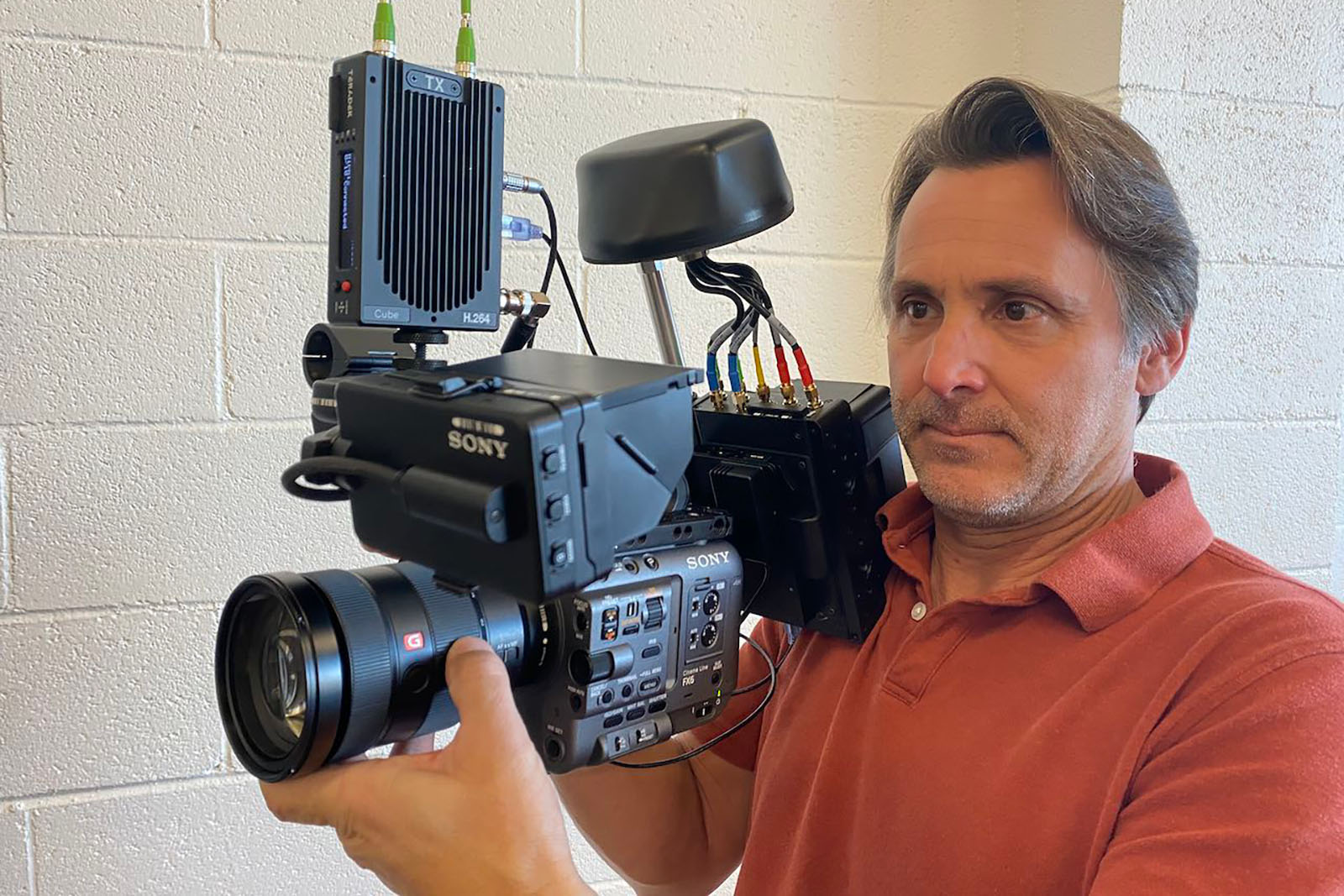
It would have saved us great pain had we had this ability a few years back, when one of our SD cards failed and we lost several interviews that we had to try to reshoot while still keeping to our very tight schedule. The ability to access, QC, and approve the edited pieces via Frame.io was also crucial since our editor was working so quickly, making it easy to miss issues like the spelling of names in the lower thirds.
Once the video was approved by our associate editor, Sylvana Zuniga (who was working remotely at her home in L.A.) the finished piece could be published to Vimeo directly from the Frame.io server.
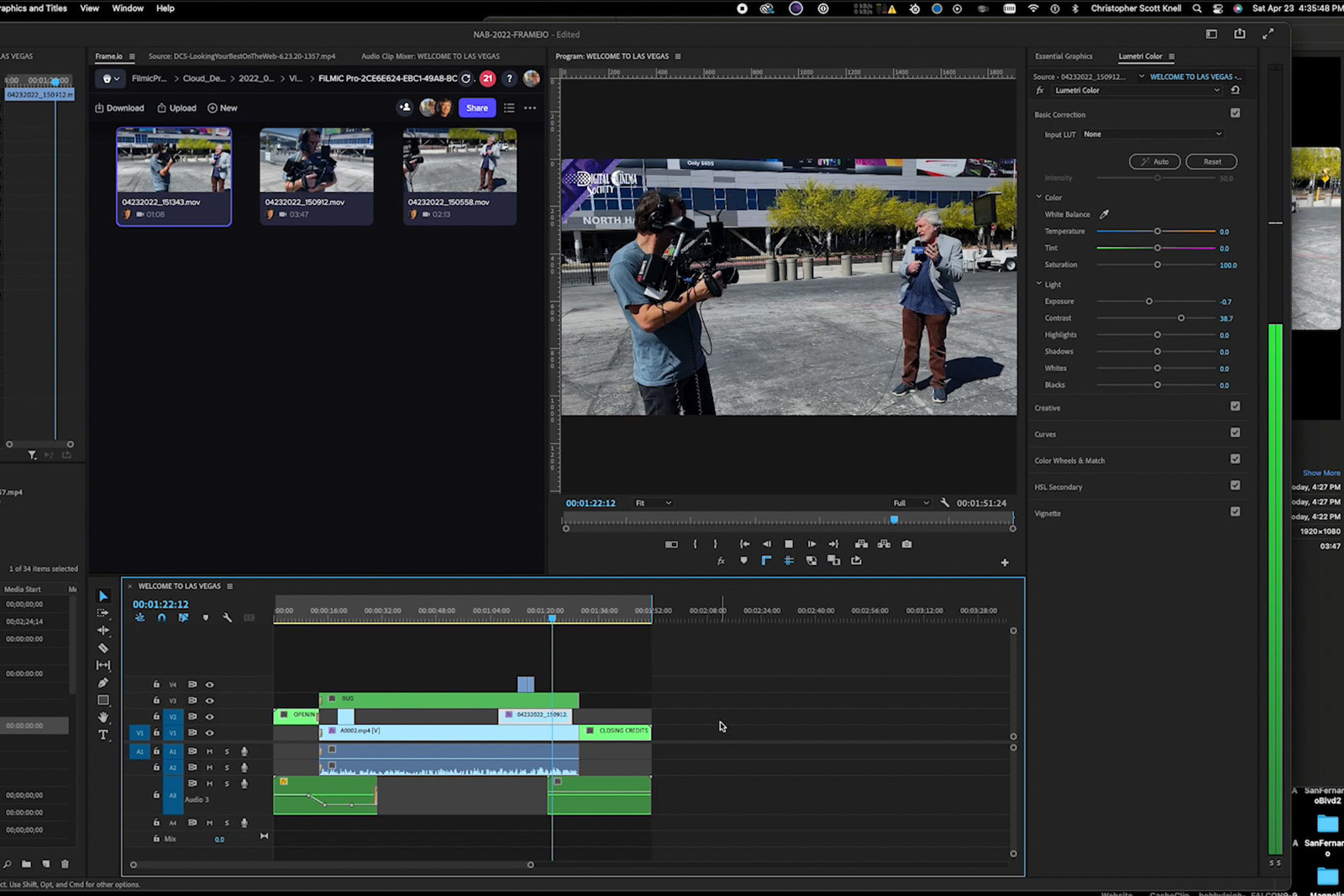
We chose the Sony FX-6 to capture our content, not only because it is high quality with great dynamic range and sensitivity, but also because it is compact. Although it’s small and nimble, it shares the same menu and recording structure as its big brother, the Sony Venice camera. So even though these systems may have been first developed just to send proxies, the HD we sent to the cloud had ample quality for our purposes. We did record 4K UHD on the camera, but only as a backup, and we never found it necessary to use.
Even though these systems may have been first developed just to send proxies, the HD we sent to the cloud had ample quality for our purposes.
I was more than a little nervous having to depend on a solid internet connection while walking around NAB. I was even more worried when it was suggested I use a cellular connection. However, I have to say it all came off without a hitch.
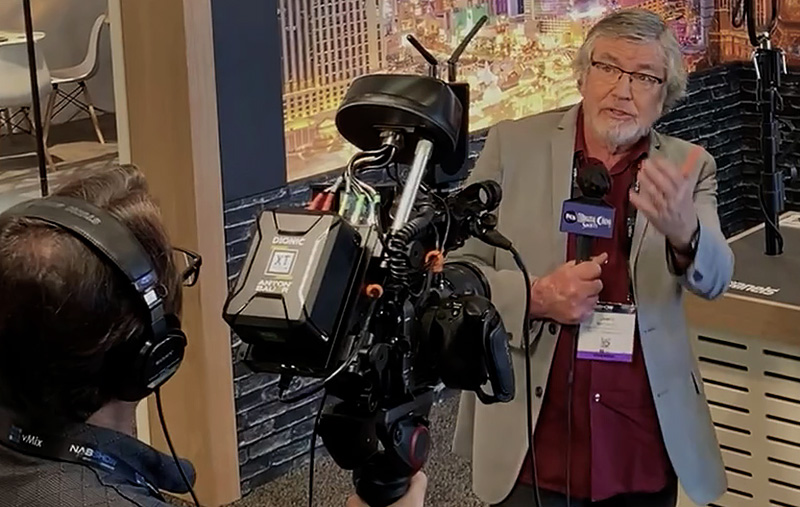
I should explain a couple of key points that made this possible: First, we had the benefit of using a Sclera Digital cellular modem. Through a methodology that uses a combination of hardware modems and VPN software, it performs a bonding process through their cloud servers. This merges multiple cellular signals and bonds them together to form one strong, reliable connection. It’s like having a diversity wireless transmitter that is constantly searching for and using the best available frequency, even combining them when necessary.
Second, it’s important to point out that we were not live streaming, but uploading a recording that had been stored on the Teradek Cube. If there was an interruption in the signal, it would simply pause the upload and restart with no dropped frames. I can attest that it worked very well, and although we were using HD, the latest Teradek boxes are now capable of 4K HDR.
Our experience was so positive at NAB 2022 that we decided to employ Frame.io Camera to Cloud for our coverage of the Cine Gear Expo. We caught up with Michael Cioni at the Frame.io booth to chat about C2C, and were surprised to find him with a brand new camera!

